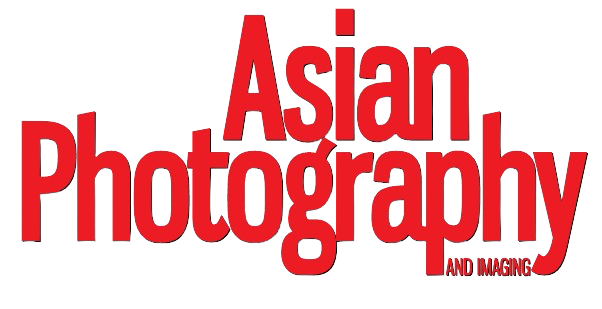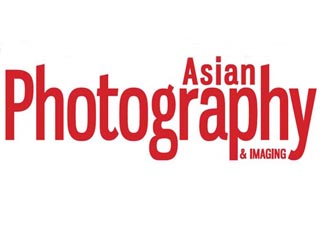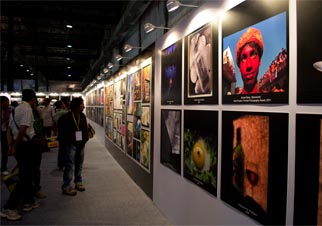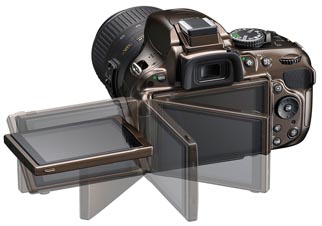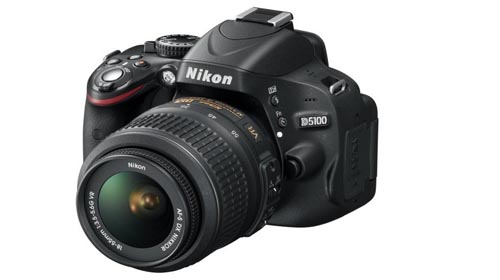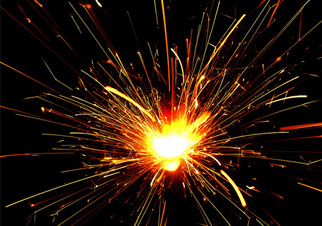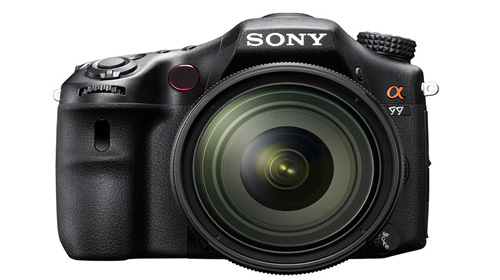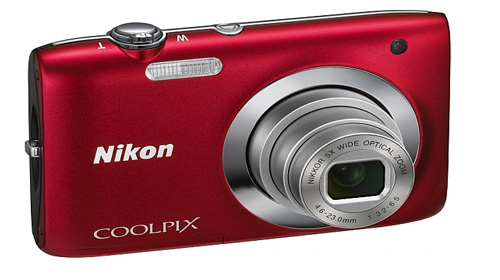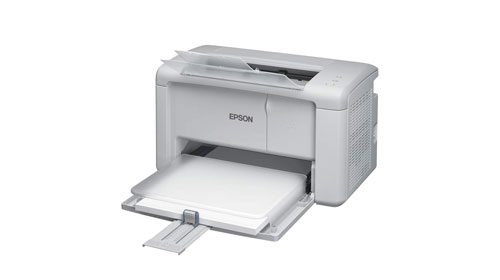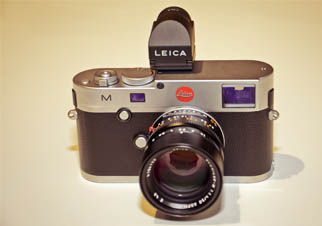The age-old debate of whether the camera-phone will replace
the digital camera has resurfaced again. With the onslaught of sophisticated
camera-phones flooding the market, this year Photokina witnessed it as one
of the trending topics at the show. The global smartphone shipments touched 482
million units in 2011 and are expected to touch 600 million units in 2012, and
with Apple and Samsung slugging it out as the top-ranking vendor in terms of
shipment volume, the race is only going to get hotter.
According
to the new report by the Global Industry Analysts, Inc. The world market for
digital cameras is projected to reach 155 million units by the year 2017.
Growth will be primarily driven by continued digital advancements in
photography, growing popularity and consumer acceptance of digital single lens
reflex (SLR) cameras, and falling product prices. The strong demand in developing
Asian and Latin American countries also bodes well for the future of the
market.
TechNavio’s
analysts forecast the Global Digital Camera market to grow at a CAGR of 10 %
over the period 2011-2015. One of the key factors contributing to this market
growth is the increasing demand for digital cameras in emerging markets. The
Global Digital Camera market has also been witnessing the availability of
user-friendly image processing software. However, the increasing smartphone
penetration could pose a challenge to the growth of this market.
These
devices and tablets are eating all other electronics alive, says the Consumer
Electronics Association (CEA), the organizer of the “The Consumer Electronics
Show” held early this year. “Smart
phones and tablets are really sucking up most consumer spending,” said Steve
Koenig, director of research at CEA, during an opening keynote outlining key
trends for the industry this coming year. The massive growth of mobile is
cannibalizing sales of almost everything else in the CE space, from game
consoles to PCs, TVs, DVD players. MP3 players, digital cameras, home audio and
even printers.
According
to Koenig’s numbers, sales of almost all consumer electronics products will
slow down or go negative in 2012 thanks to explosive growth of just two
categories: tablets and smart phones. Outside of mobile, Koenig said the only
other bright spots are high-end DSLR cameras and ultra book mobile PCs, which
are hanging in from the assault from Apple and Google.
However
cameras continue to surge forward. Take for instance the numbers from Japanese
manufacturers, who shipped nearly three times as many cameras in January this
year as it did in the same month of 2003, when the camera phone was still in its
infancy. For several years, it has been predicted that smartphone adoption
would cut into digital camera sales but the exact opposite has happened, say
market analysts.
There are a number of factors for cameras surviving this
onslaught. Photography is a very emotive issue. People may merrily take snaps
with a cell phone but it turns out that most of us won’t entrust key memories
to such basic devices. Even smart phones may not meet consumer approvals. This
in turn benefits the established players, because users are reluctant to
entrust their photos to an untested brand. “We may be ready to try out a new
brand of cellphone, laptop or TV, but when it comes to family snaps we’re more
conservative. ”
Currently,
smartphones are highly popular among consumers around the globe. First, they
may open up new user groups but hinder the development of digital cameras.
Smartphones have a large number of comparable features, such as megapixels and
autofocus, but the ability to access the internet, is one of the advantages
they have over digital cameras. In
China,
smartphones may cut out demand for low-end cameras, but at the same time, they
are increasing demands for high-end models as consumers are becoming more
enthusiastic about photography – this is why the share of compact system
cameras is higher in
Chinaand the Asia Pacific region than in European countries.
The
biggest feature that makes the camera phone stand apart from the digital camera
is still its capability to share images with family and friends. But many new
cameras these days offer similar features, although they might not be accessed
as often as a camera phone. Another point in favour of smart phones is the app
store, which allows the users to access variety of fun features.
The
ease with which photos can be taken on a phone is feeding an interest in taking
better photos, expanding the middle of the market into a “pro-sumer” segment of
devices which cost a bit more but offer the user options so far unavailable on
the mobile phone. This is driving manufacturers to push more and better
technology from their upper end models into cheaper devices. Prices have fallen
dramatically in the past decade. Ten years ago a 3-megapixel DSLR camera would
cost $3,000; now a better quality 18-megapixel DSLR can be found for less than
$500.
But
Apple and Samsung could hamper camera growth. With Apple slated to ship 266
million iPhone 5 by 2013, camera sales could be affected. Smartphone shipments
are expected to rise sharply from 11.2 million units in 2011 to 73.4 million
units in 2015 comprising 25 % of the total mobile handsets market in
India. Growth
in smartphones is likely to surpass the overall growth in the mobile handset
industry. The segment is anticipated to
continue its ride with a CAGR of 60 % during 2011-2015, while the mobile
handsets will register a CAGR of 13 % in the same period.
With
IDC forecasting total shipments of smartphones to touch one billion by 2015, an
annual average growth of 20.6%, smartphones usage will continue to grow more
prominent globally as consumers embrace the new technology.
For
serious photographers, a digital single-lens reflex (DSLR) camera is the way to
go. A DSLR allows a photographer to explore much more than camera phones, but
only in the hands of photographers who know what they are doing with one.
Ultimately,
the question that needs to determine your choice is whether your interest in
photography is casual, or more serious. But if you have any interest in
photography ranging from amateur status to the professional, you’ll want to
invest in a DSLR.
